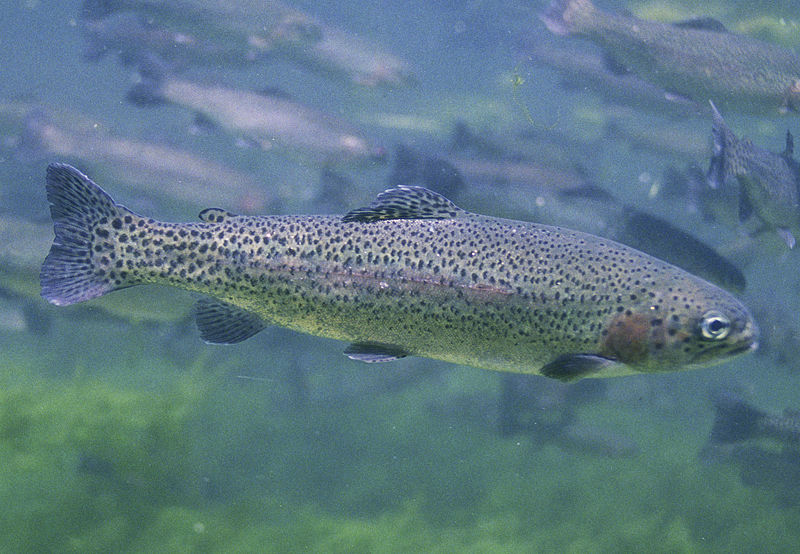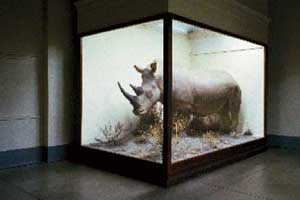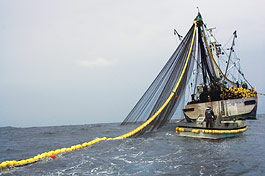
Photo by Eric Engbretson, courtesy of the United States Fish & Wildlife Service
Farmed fish taste like crap. Now we know they’re crap for the environment too. Consider this: Steelhead trout bred in hatcheries are so genetically impaired that even if they survive and reproduce in the wild their offspring are significantly less successful at reproducing.
The study in Biology Letters suggests adding hatchery fish to wild populations could hurt efforts to sustain the wild runs.
The data reveal that fish born in the wild from hatchery-reared parents averaged only 37 percent the reproductive fitness of fish with two wild parents. Fish born in the wild from one hatchery-reared parent and one wild parent averaged only 87 percent the reproductive fitness
Most significantly, these differences were detectable after a full generation of natural selection in the wild.
The problem arises from the fact that fish who do well in the safe world of the hatcheries are selected to be different from those that do well in the predatory real world.
And, no, using wild fish as brood stock each year does not solve the problem. Exactly that type of steelhead were used in this study. Yet apparently even one generation of hatchery culture produces strong negative effects on wild fish.
The implications reach far beyond steelhead. Captive breeding is a cornerstone of recovery efforts for many endangered species. This study raises doubts that such programs actually work.
This research was based on years of genetic analysis of thousands of steelhead trout in Oregon’s Hood River in field work since 1991. Scientists genetically fingerprinted three generations of returning fish to determine who their parents were and whether they were wild or hatchery fish.
That’s the beauty of long-term research. May we fund more of it.
Want to know what’s better to eat—if you must eat the wildlife of the sea? There’s even an iPhone app to guide you through the menu.













